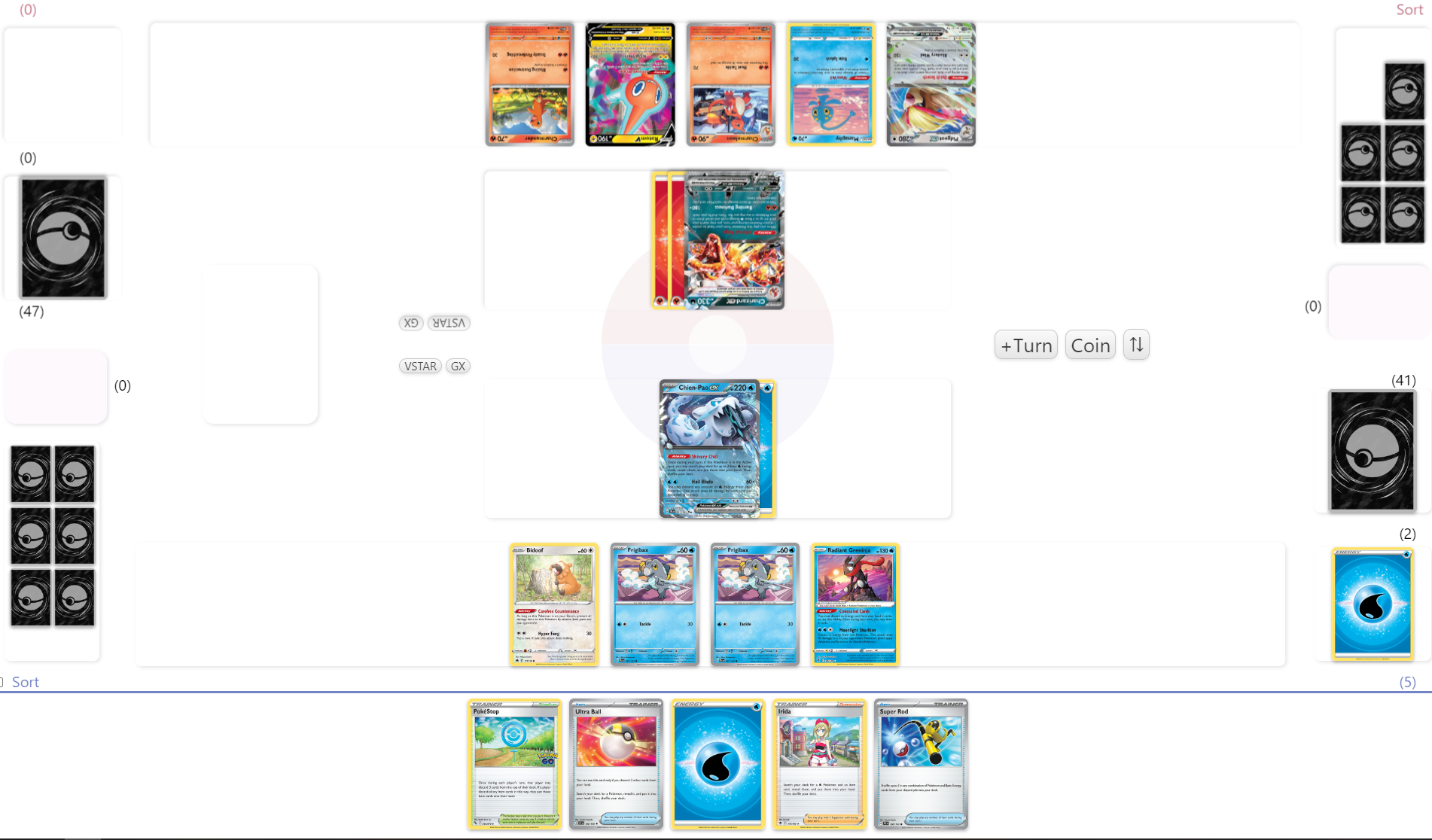Steps for Success — How to Master Sequencing!
Hey PokeBeach readers, happy as always to be back with another article. Hopefully your tournaments have been treating you well, and you’re excited to hear more of my thoughts! As our current Standard format is winding down before the rotation in April, I thought it wouldn’t be as helpful to look into a deck that might rotate or be significantly changed with rotation. Instead, I thought I would walk through one of the most important concepts in the Pokemon TCG: sequencing.
When it comes to Pokemon, sequencing refers to the order in which we play our cards. Each game of Pokemon will present us with numerous hands and cards to play, so figuring out the best sequence to play them is imperative to success! Obviously, there are way too many individual sequences for someone to cover in an article, so instead, I want to go over the framework and questions you should generally be asking yourself before playing your cards. I’ll include some examples with each section so you can see the concepts illustrated and relate them to your games. Hopefully, by the end of this article, you will have a firm grasp on how to best master sequencing in your games!
Having Goals
At the core of any turn in a game of Pokemon is your goal. Before we even think about playing cards, we need to know what we are working toward. Having a clear goal in mind helps us understand what cards we need to play to get there, but it also helps us understand what sub-goals we will need to achieve to reach it. When I say sub-goals, what I mean is all the side things we need to do in a turn to achieve our main goal, and anything incidental that helps set us up for future success. So, for example, if our goal is to take a Knock Out, then a sub-goal could be getting enough Energy for our attacker. Having these goals will allow us to figure out which cards we need to draw and play to get there.
Another thing we can have is backup goals. Sometimes, we aren’t going to draw the cards necessary to pull off what we hoped. In this case, we can’t just shrug our shoulders and move on — we should have a contingency plan in place! So, if our goal is to take a Knock Out on our opponent's Active Pokemon, a backup goal could be to Boss's Orders an easier–to–Knock Out Pokemon, or to sacrifice a low-importance Pokemon in the Active Spot.
Take this board state I have created. Try to figure out the main goal, backup goal(s), and all the sub-goals for the Chien-Pao ex player. Note there are two Water Energy cards in the discard.
This concludes the public portion of this article.
If you'd like to continue reading, consider purchasing a PokeBeach premium membership! If you're not completely satisfied with your membership, you can request a full refund within 30 days.
Each week we post high-quality content from some of the game's top players. Our article program isn't a corporate operation, advertising front, or for-profit business. We set our prices so that we can pay the game's top players to write the best content for our subscribers. Each article topic is carefully selected, goes through multiple drafts, and is touched up by our editors. We take great pride in our program!


